Aplicación de vendajes neuromusculares en la extremidad inferior
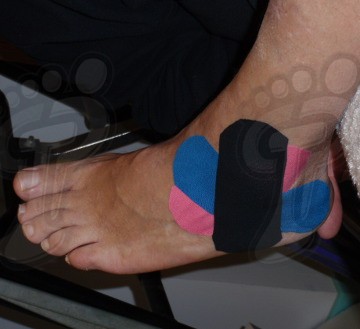 El vendaje neuromuscular, también conocido como kinesiotaping (entre otros nombres), fue inventado a primeros de la década de los años 70 por el doctor Kenzo Kasai.
El vendaje neuromuscular, también conocido como kinesiotaping (entre otros nombres), fue inventado a primeros de la década de los años 70 por el doctor Kenzo Kasai.
El uso de estos vendajes por parte de deportistas de élite en los últimos años ha generado una gran repercusión mediática, siendo utilizados a raíz de ello por deportistas de todas las disciplinas y categorías.
En la actualidad, los vendajes neuromusculares son utilizados por los diferentes profesionales de la salud con la finalidad de apoyar a nuestro organismo a autocurarse sin necesidad de inmovilizaciones (tanto musculares como articulares).
El vendaje neuromuscular posee otras ventajas como son la capacidad de estimular el flujo sanguíneo y linfático en la zona afecta así como la capacidad analgésica. Aunque es cierto que el vendaje neuromuscular estuvo muy ligado a la medicina del deporte en sus inicios, actualmente es una buena herramienta de trabajo en nuestras consultas con otro tipo de pacientes que presentan diferentes patologías no estrictamente deportivas.
Esta venda terapéutica está compuesta básicamente de algodón y turmalina, es elástica e intenta copiar las características de la piel humana. Es esta elasticidad la que permite una amplitud importante de movimiento. Se activa con el calor y dura 3 ó 4 días de forma funcional.
El efecto del vendaje dependerá de la forma de aplicación (lugar, diseño y dirección de la tracción).
A continuación, os describo algunos de los vendajes más utilizados a nivel de la extremidad inferior. Pensad que la técnica del vendaje neuromuscular es muy creativa y que en ocasiones podemos desarrollar nuestros propios diseños a partir de una base anatómica.
Deseo que estos ejemplos os sirvan de ayuda. Si queréis profundizar un poco más en el tema de los vendajes neuromusculares, os recomiendo la presentación monográfica 24 de Francisco Javier Mena (profesor de la Escuela de Podología de Sevilla y acreditado por la Agencia de Calidad Sanitaria de Andalucía para impartir cursos de vendajes neuromusculares) donde podréis encontrar tratamientos muy interesantes con dichos vendajes.
Un fuerte abrazo a todos.
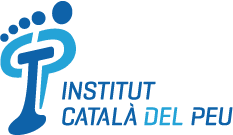
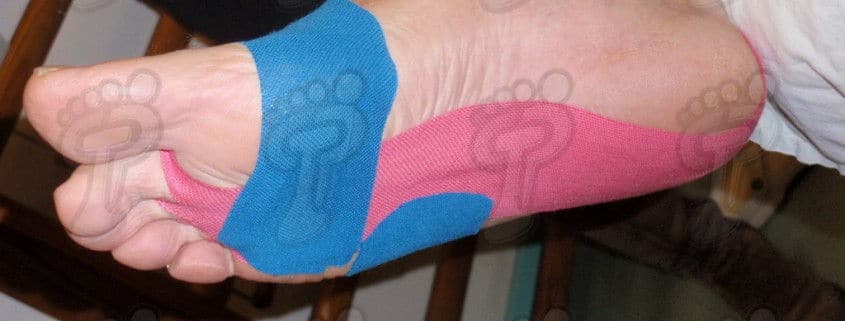
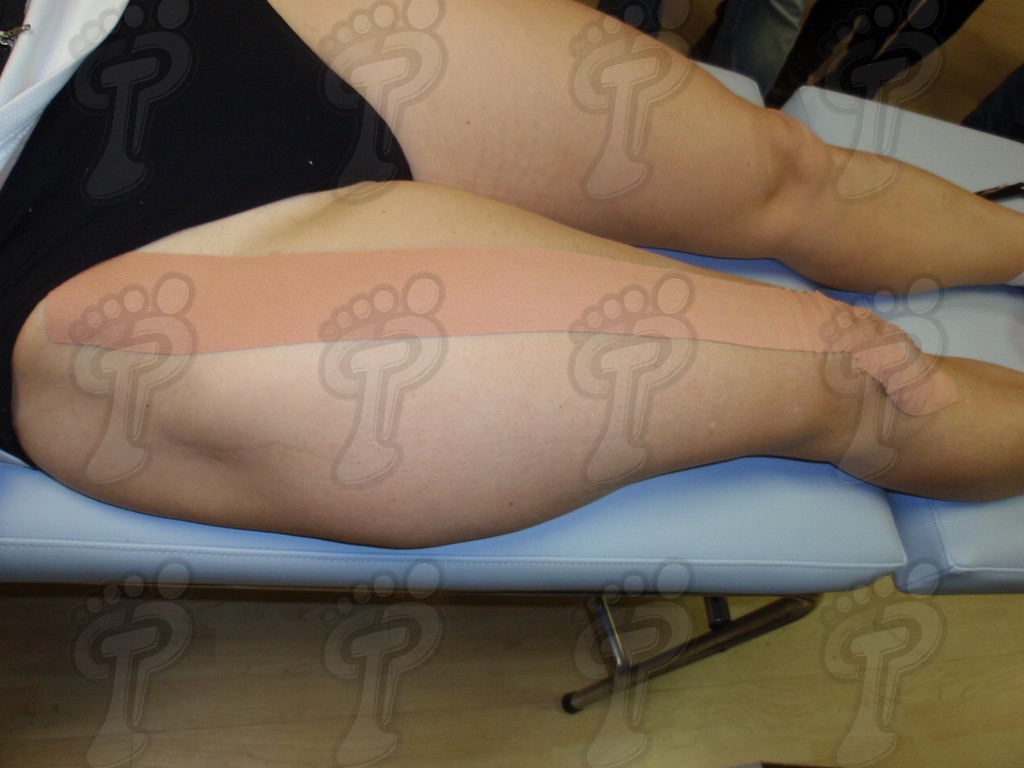
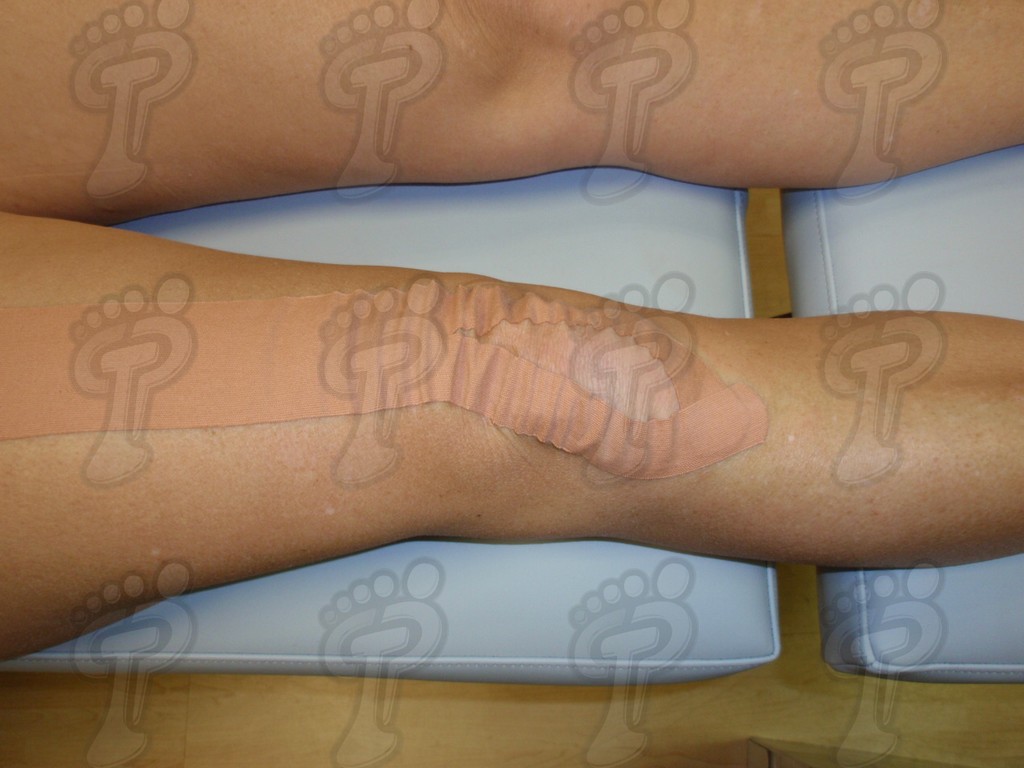
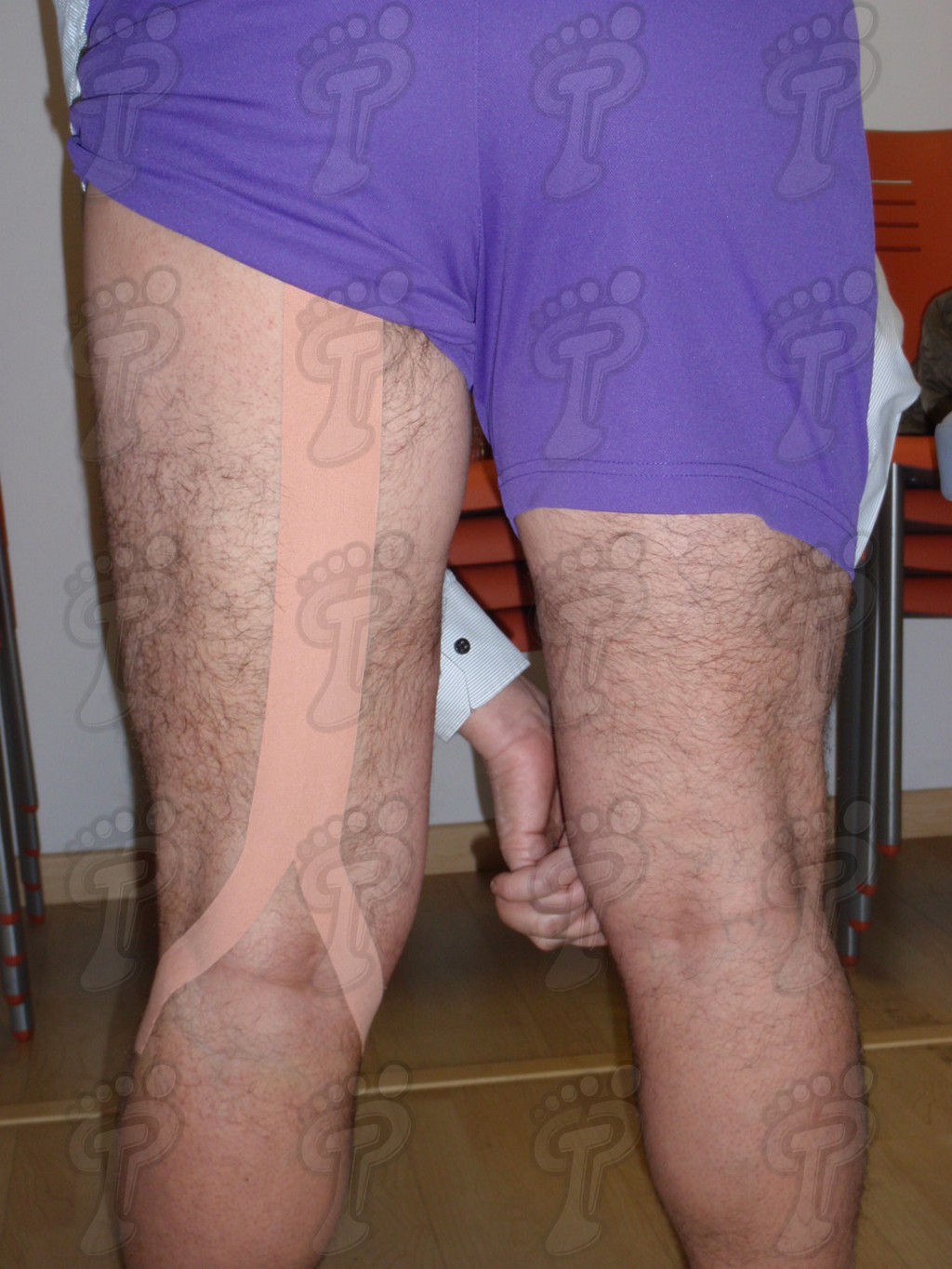
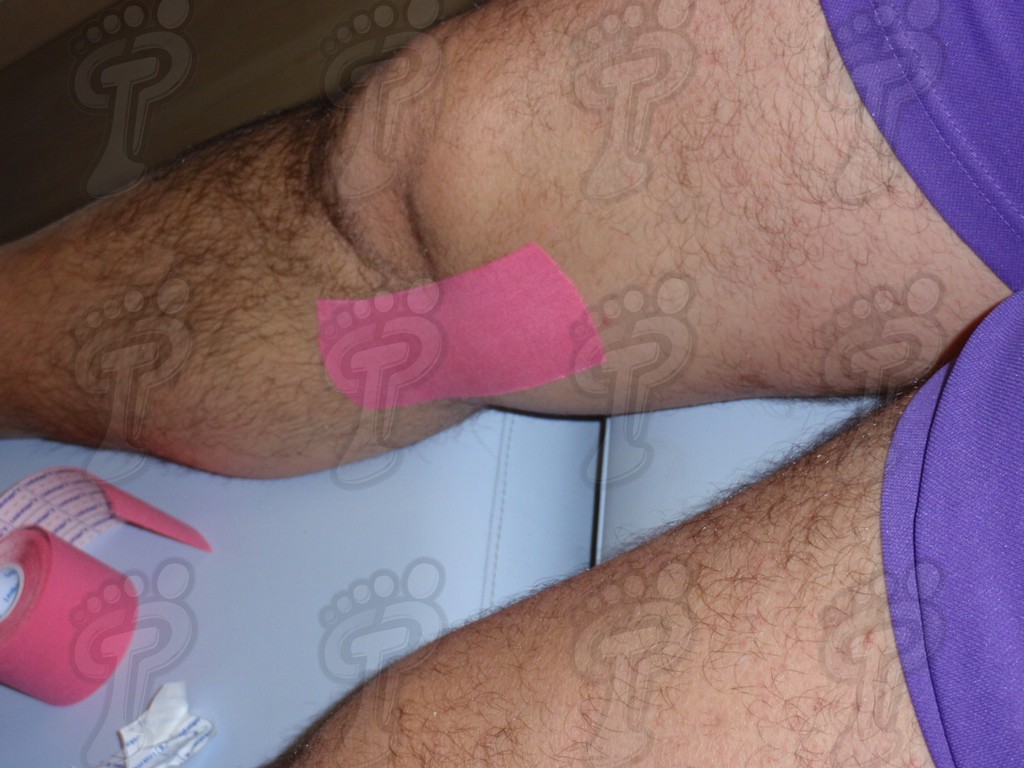
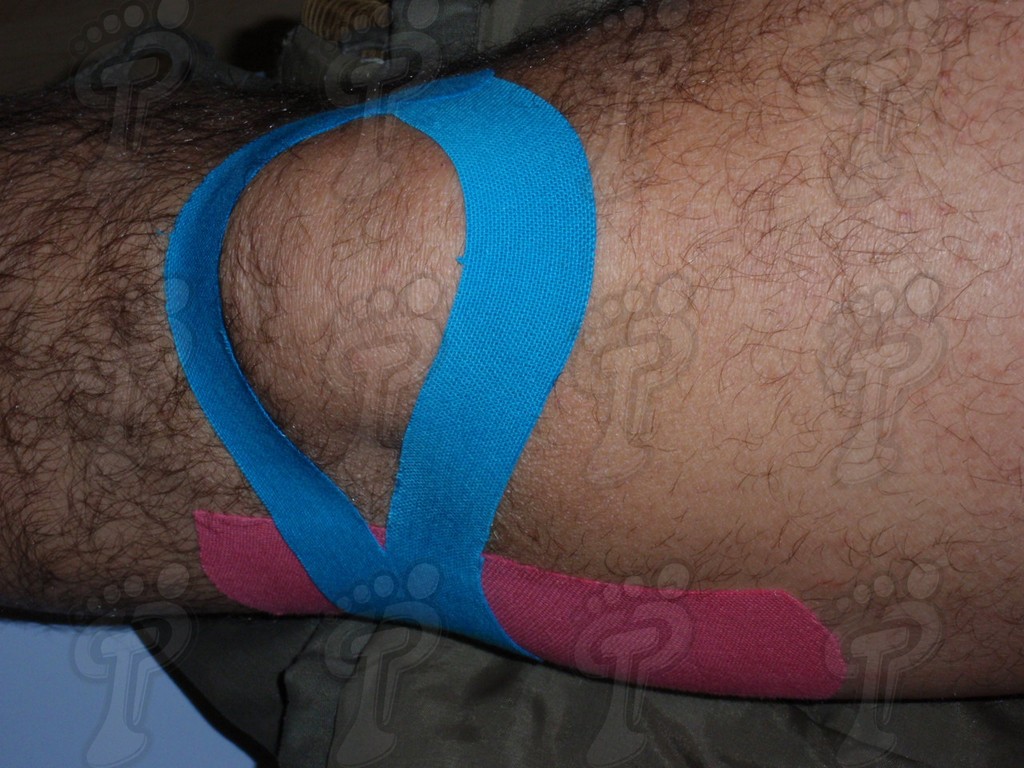
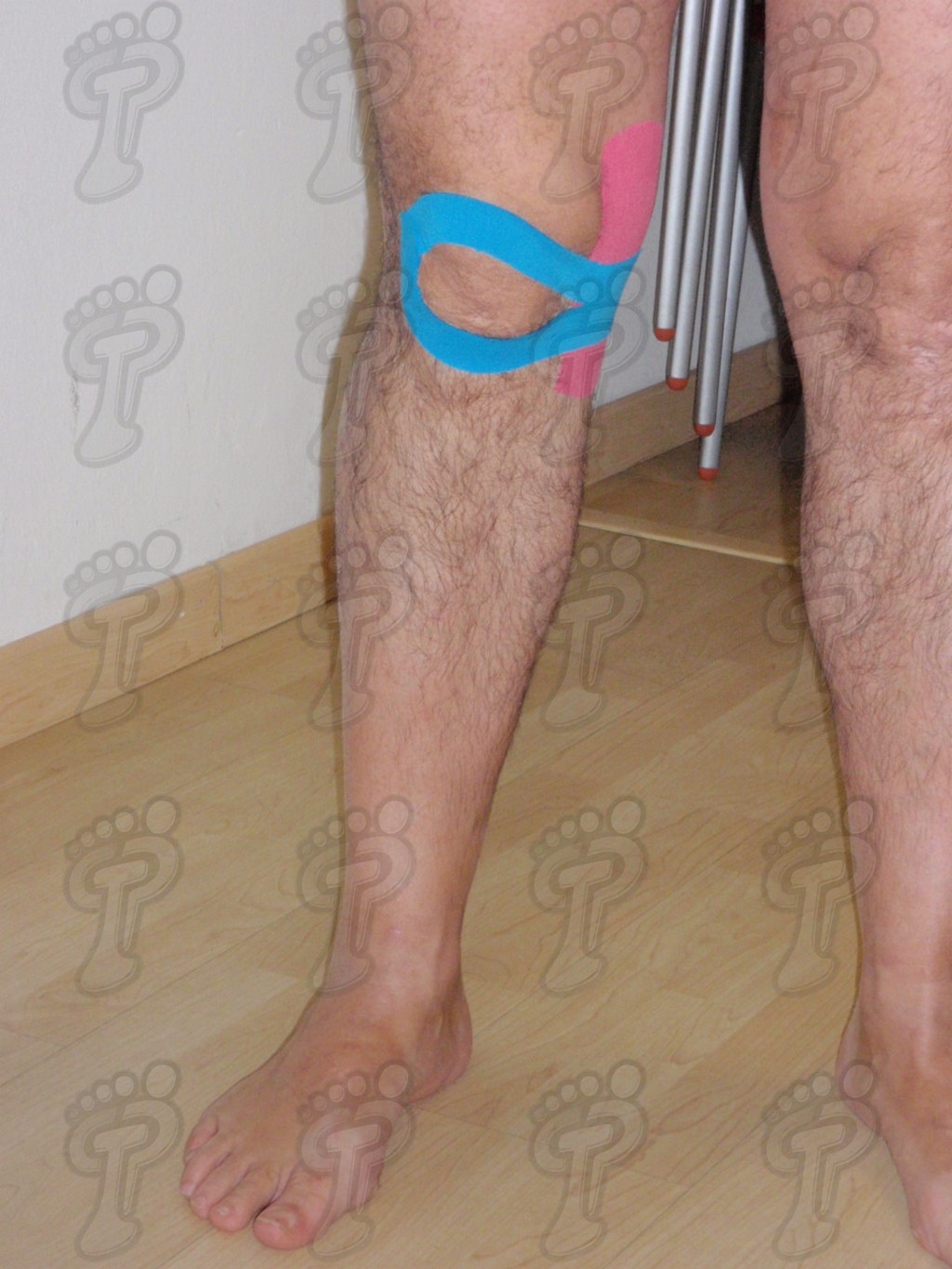
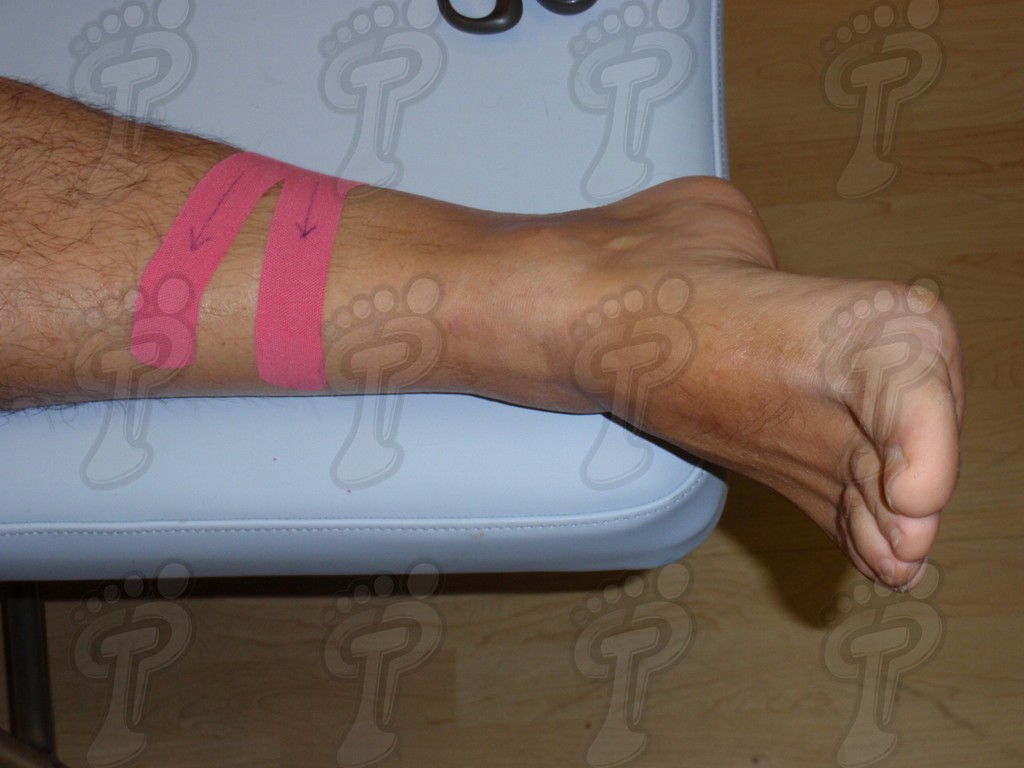
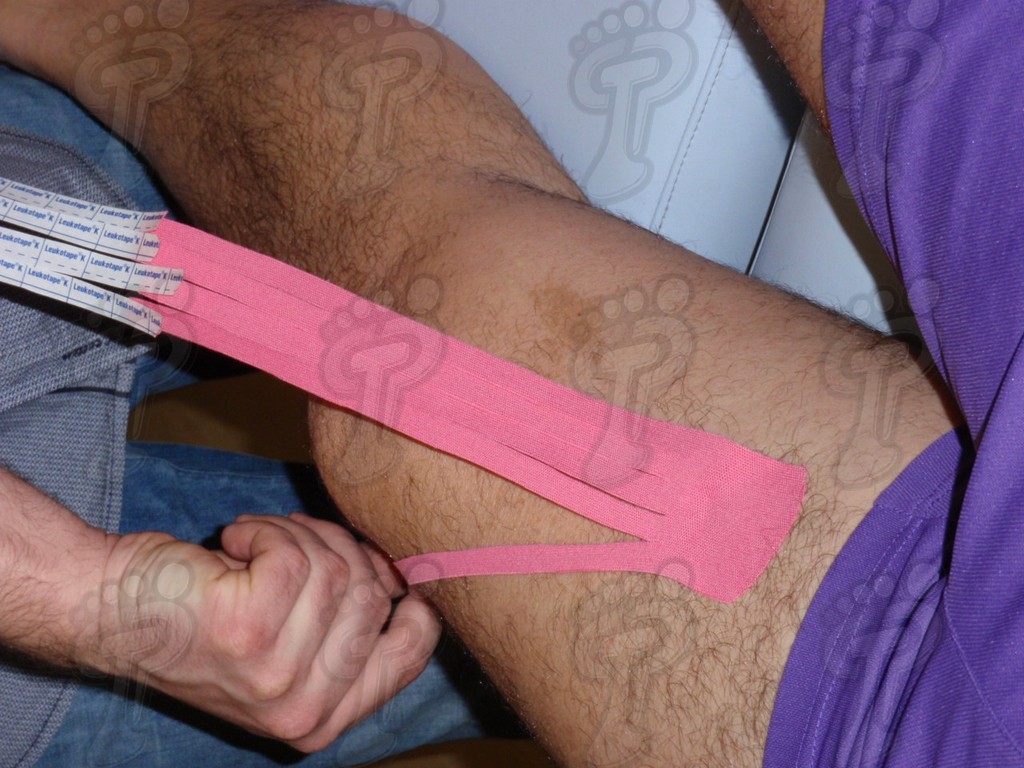
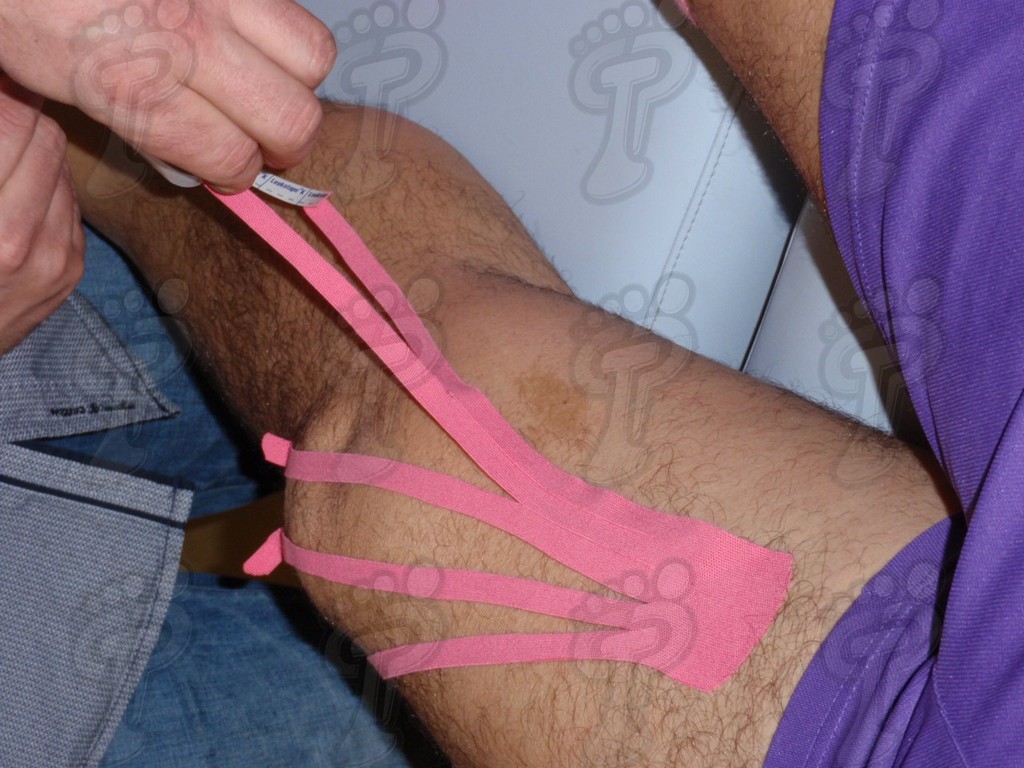
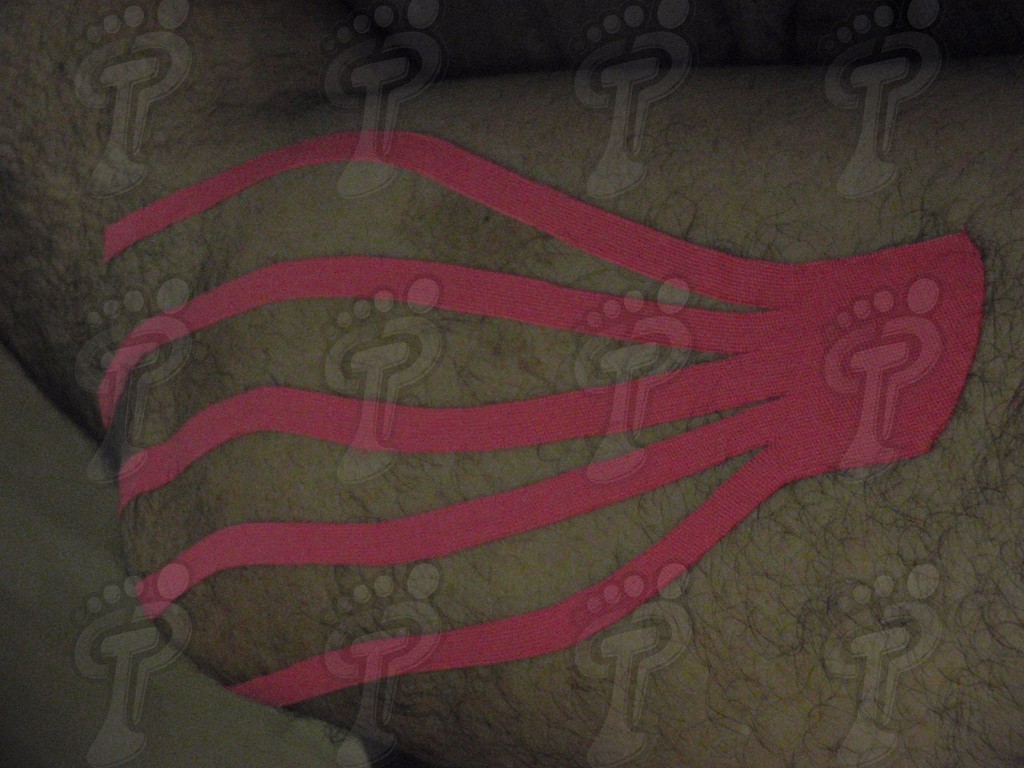
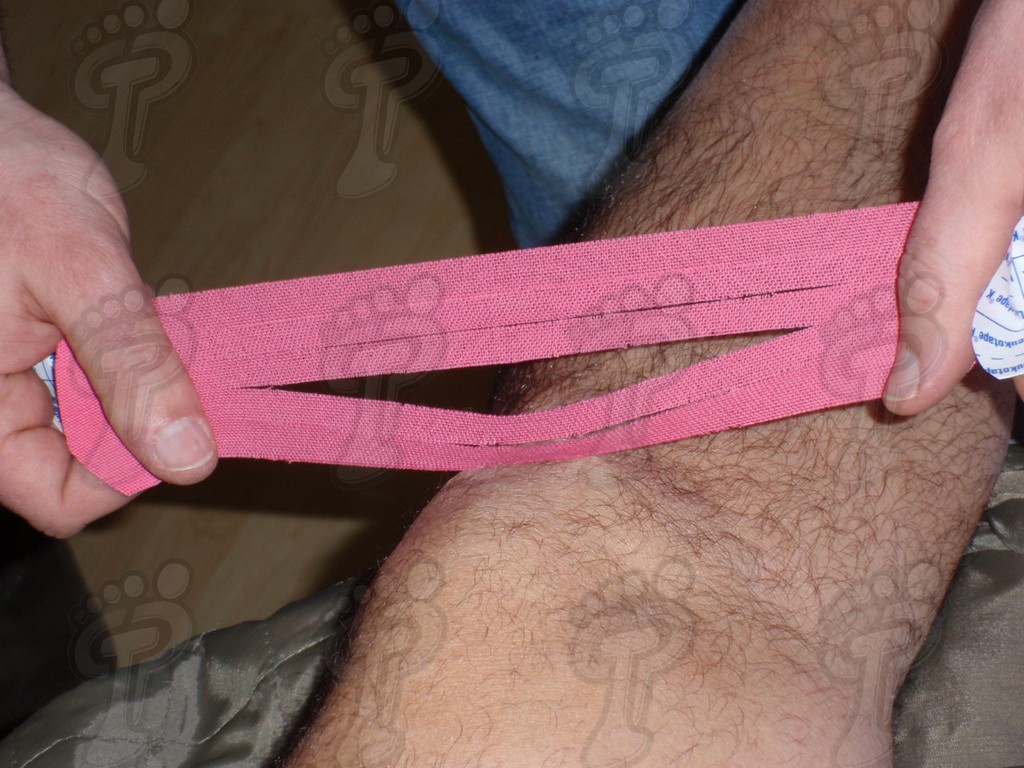
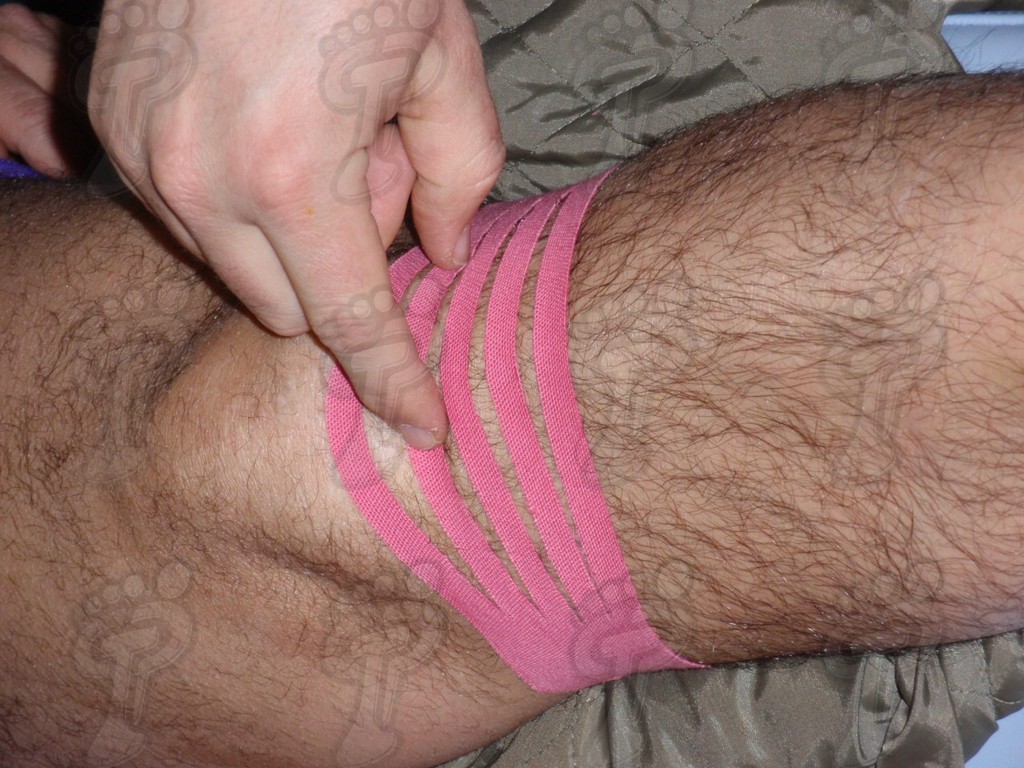
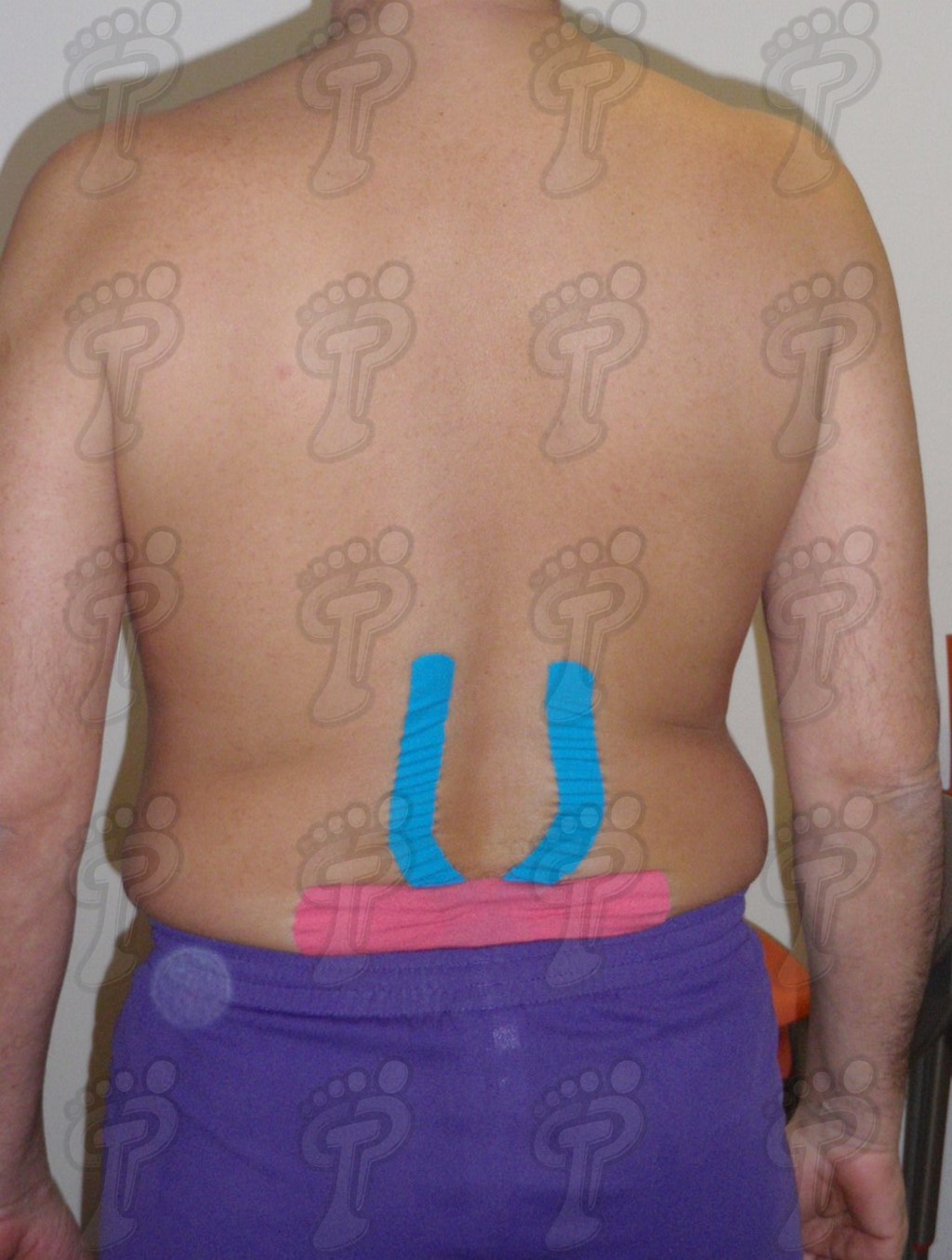
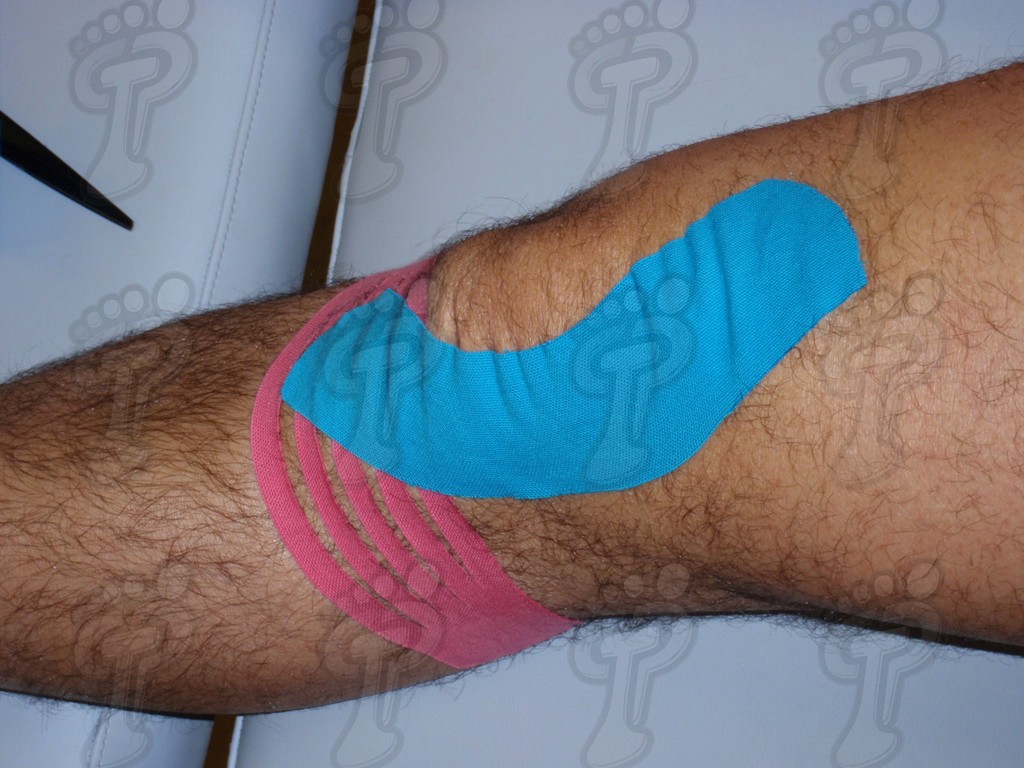

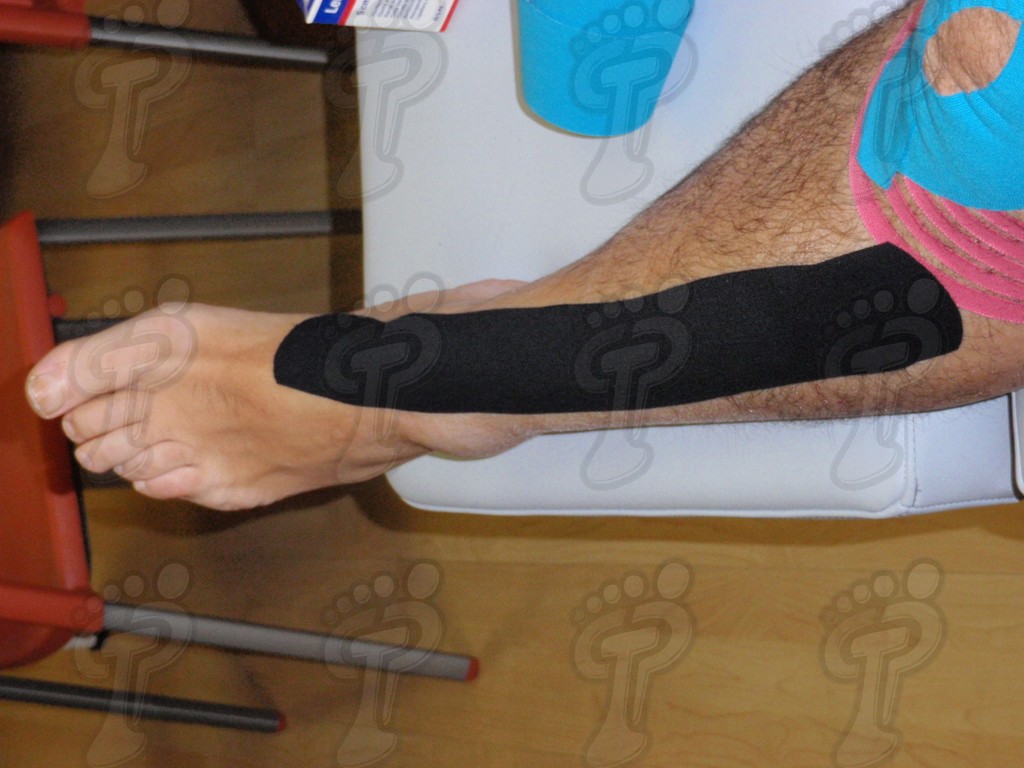
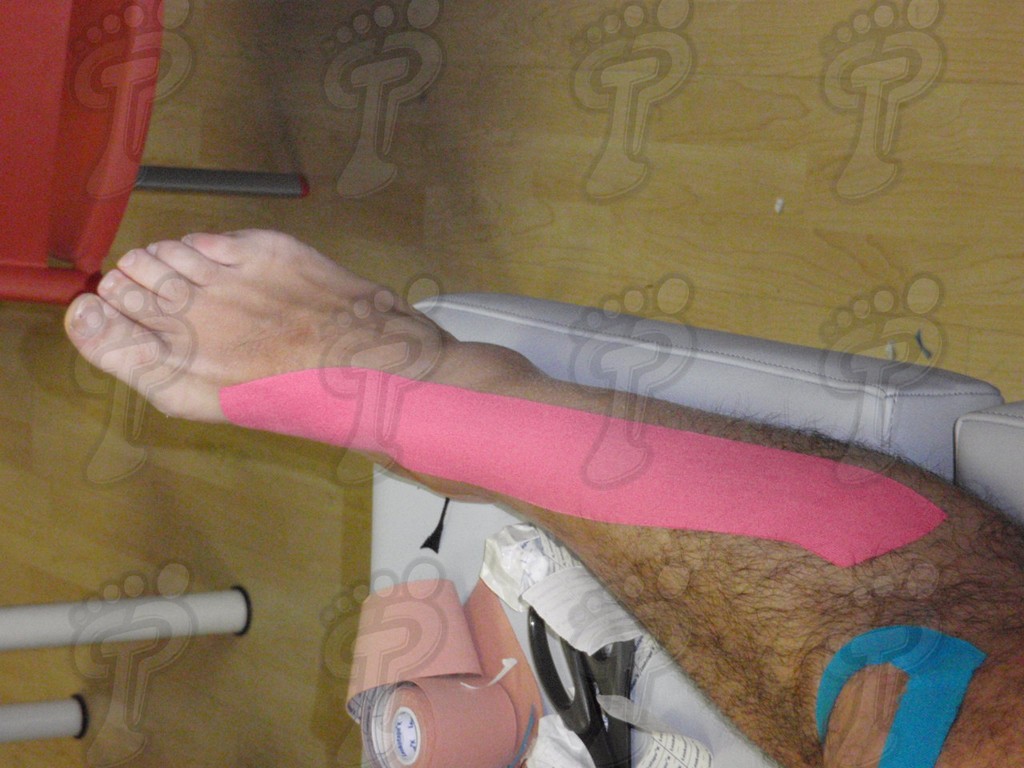
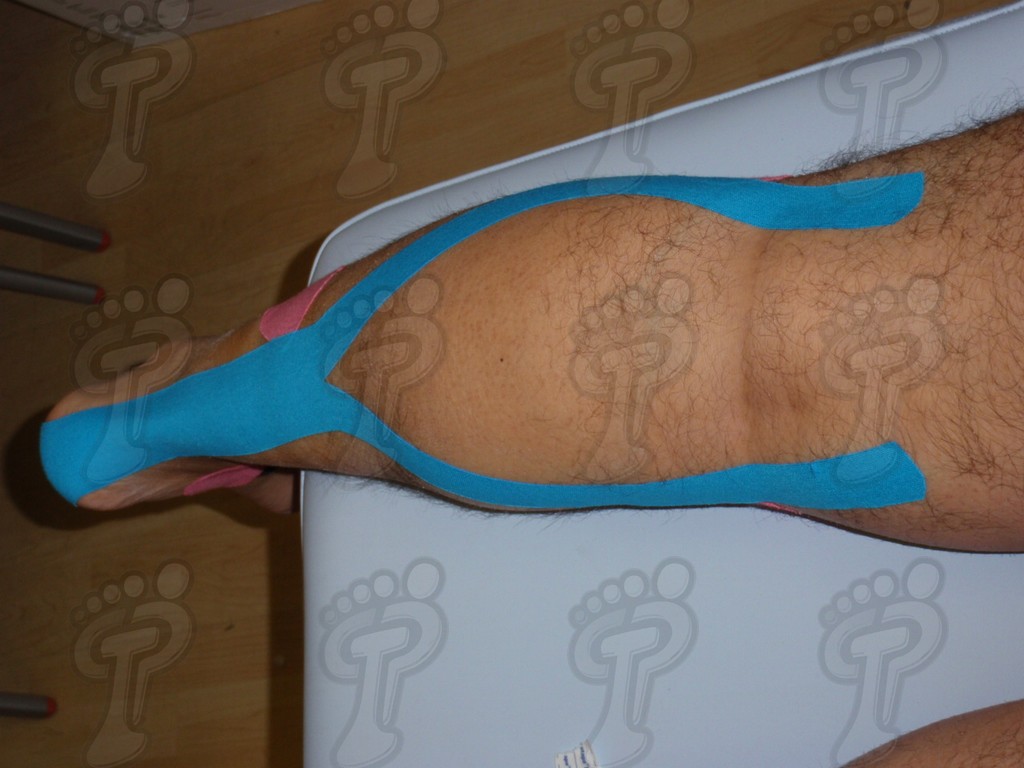
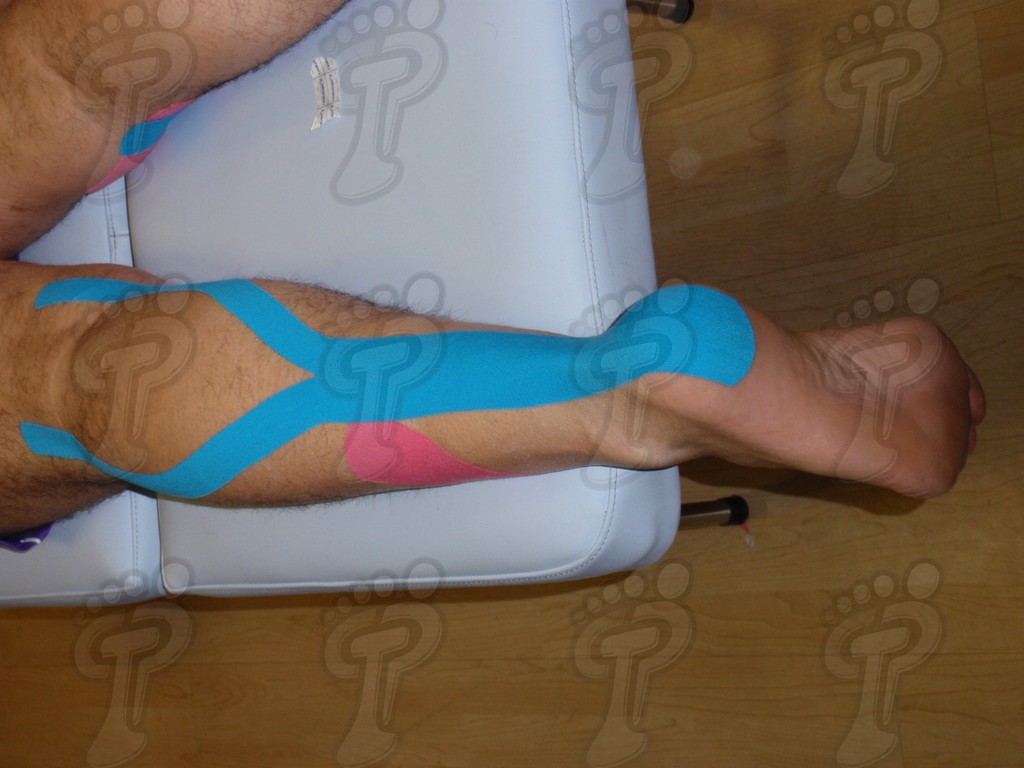
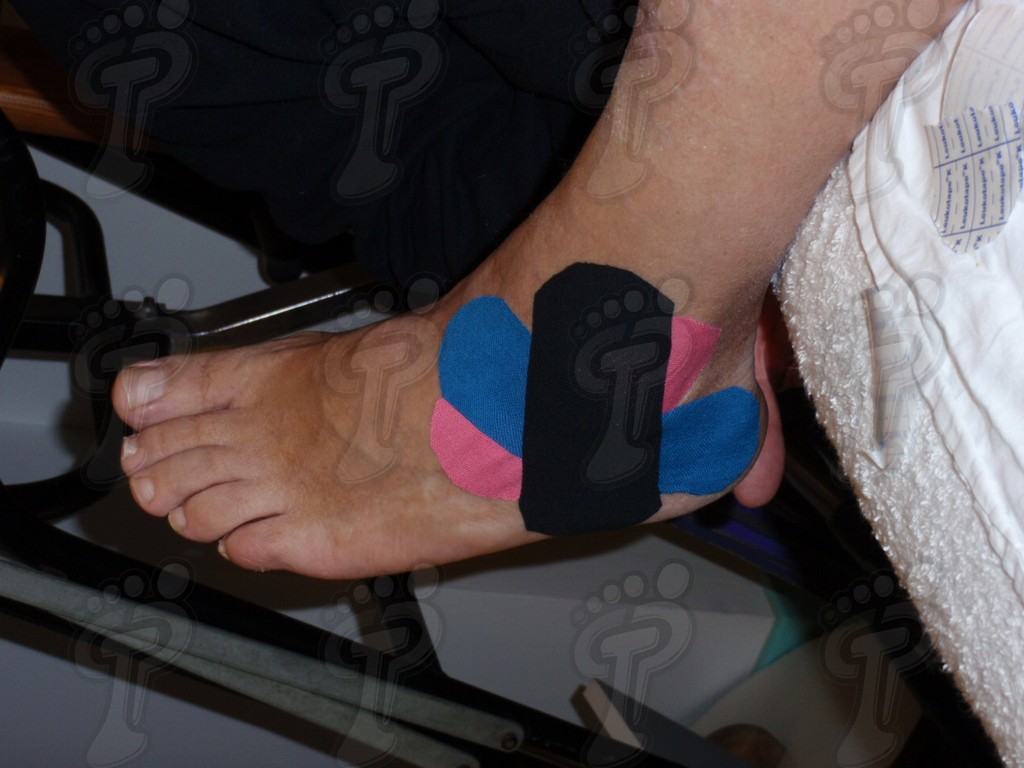
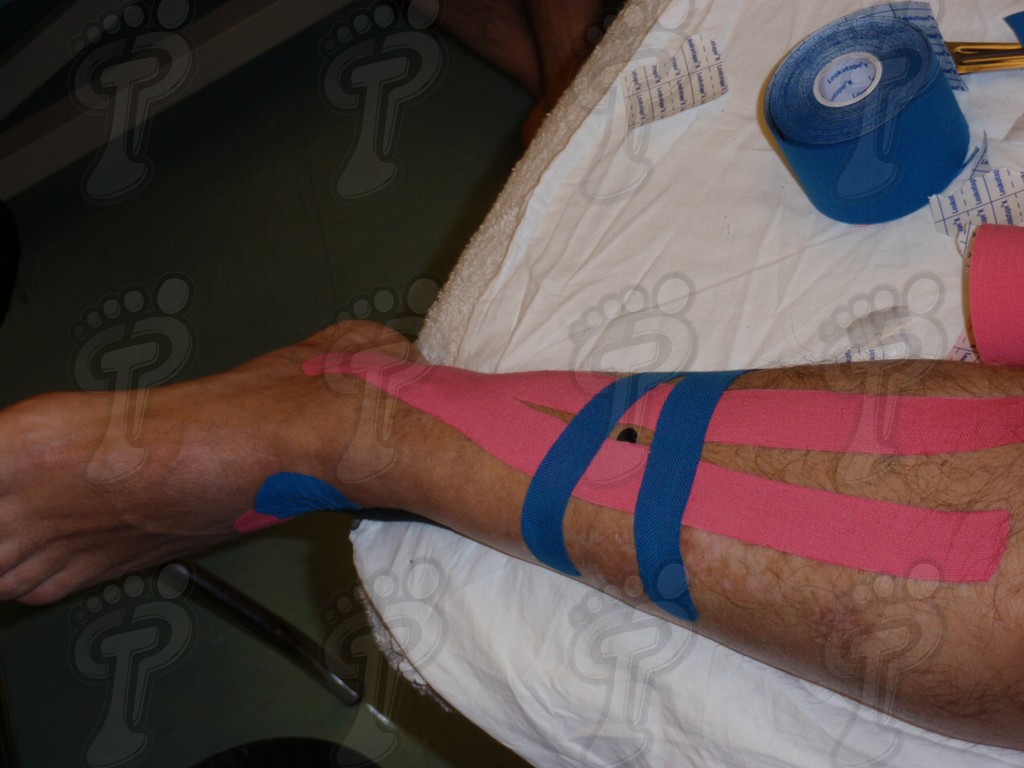
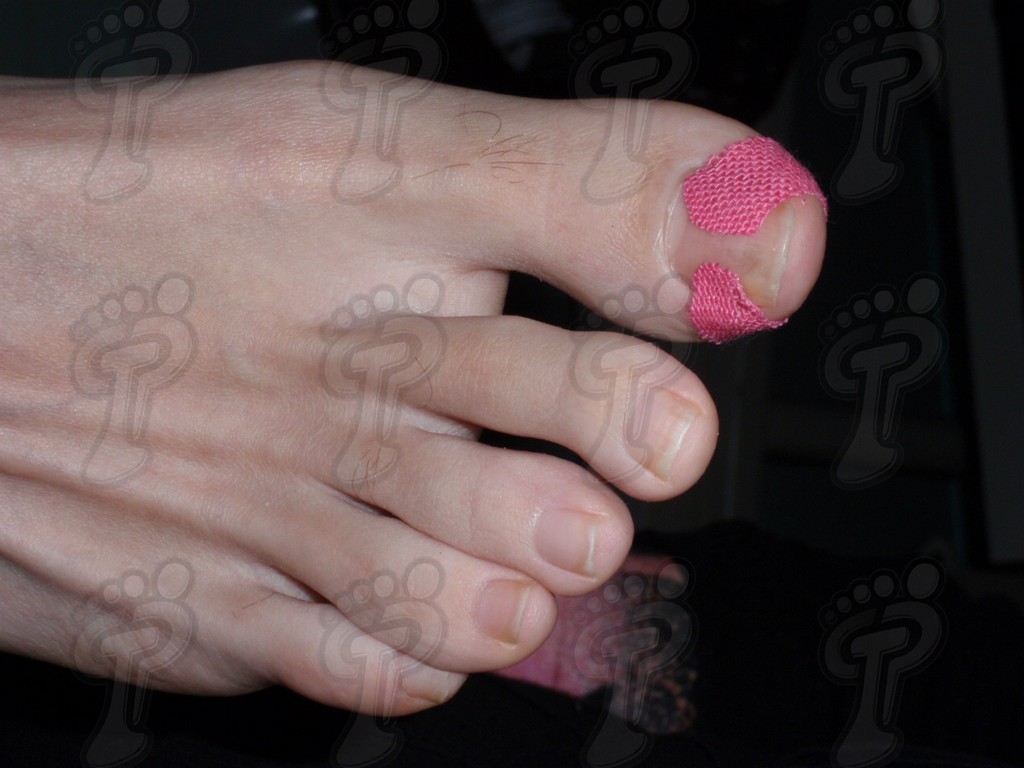
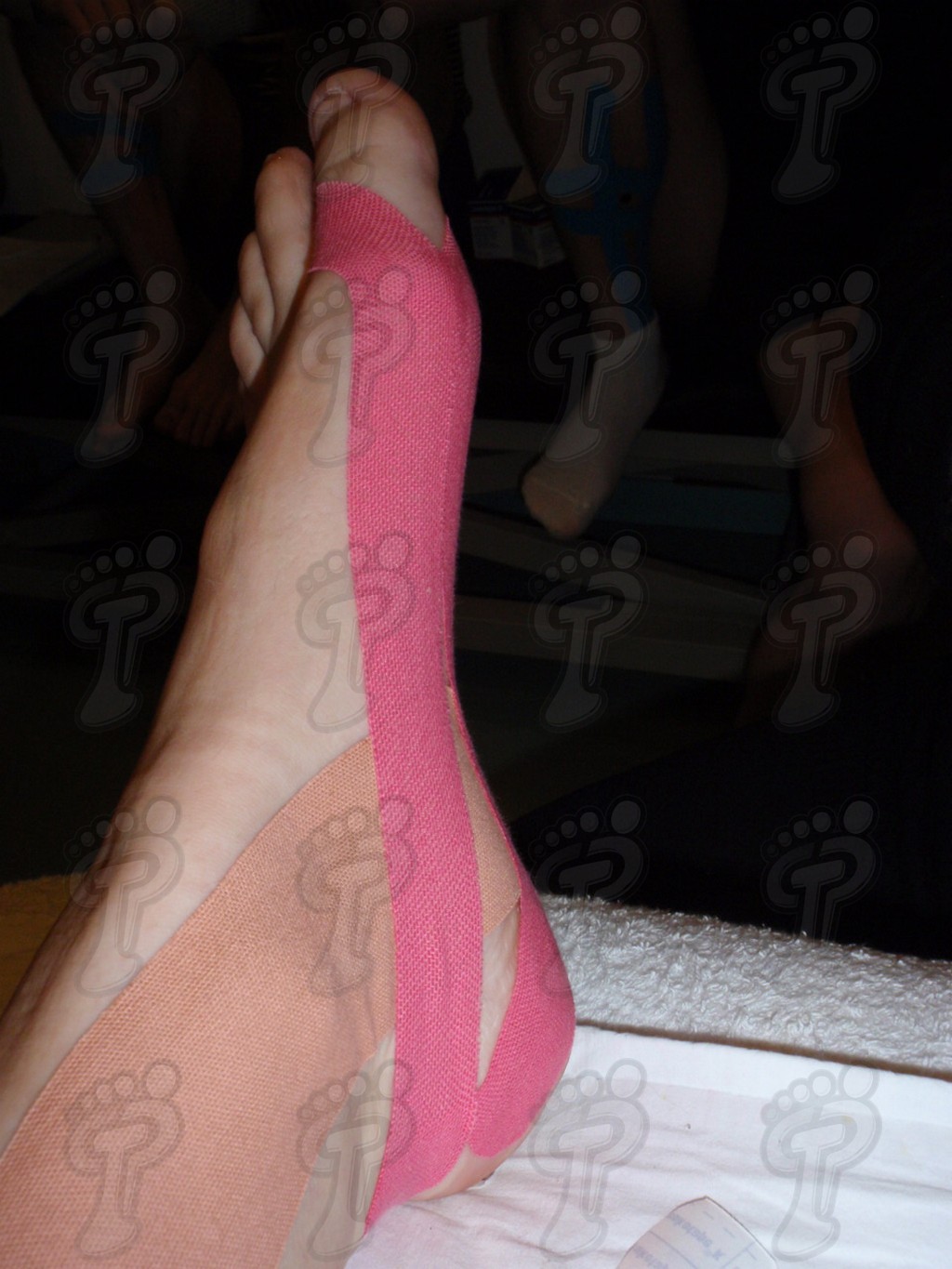
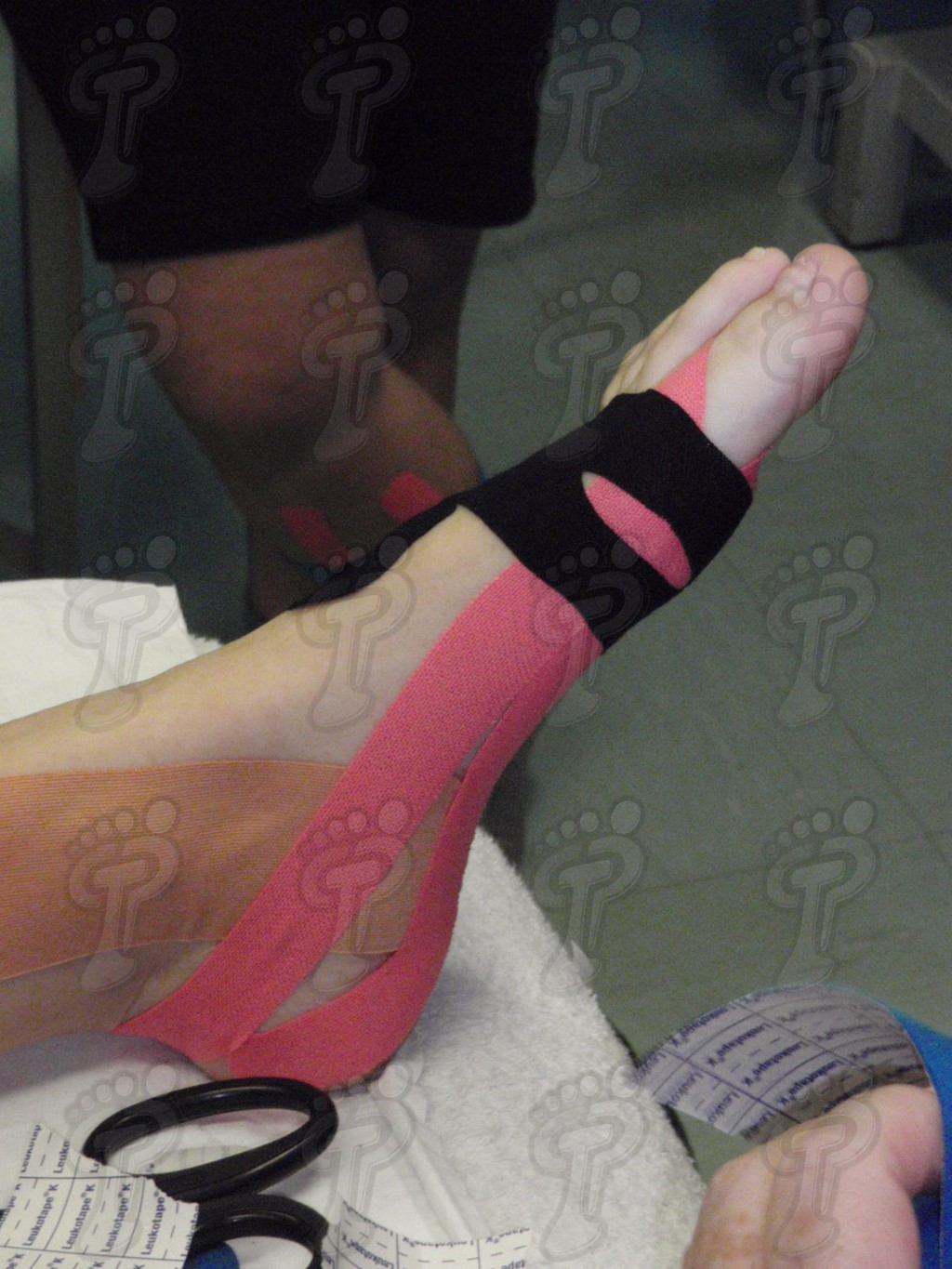
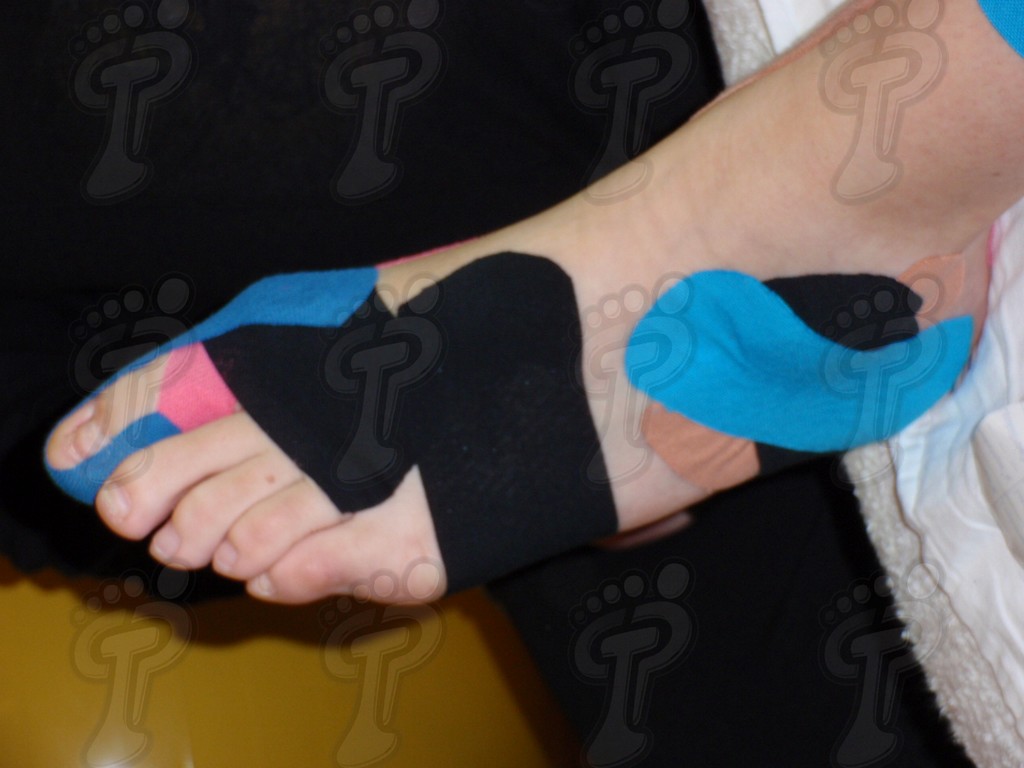
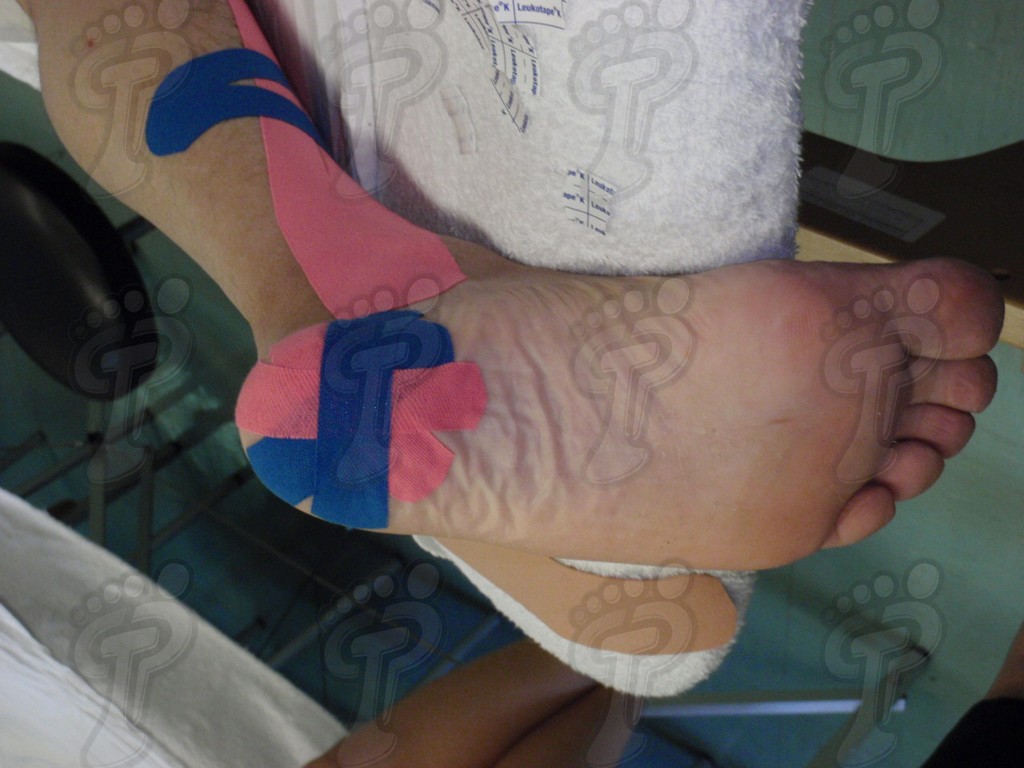
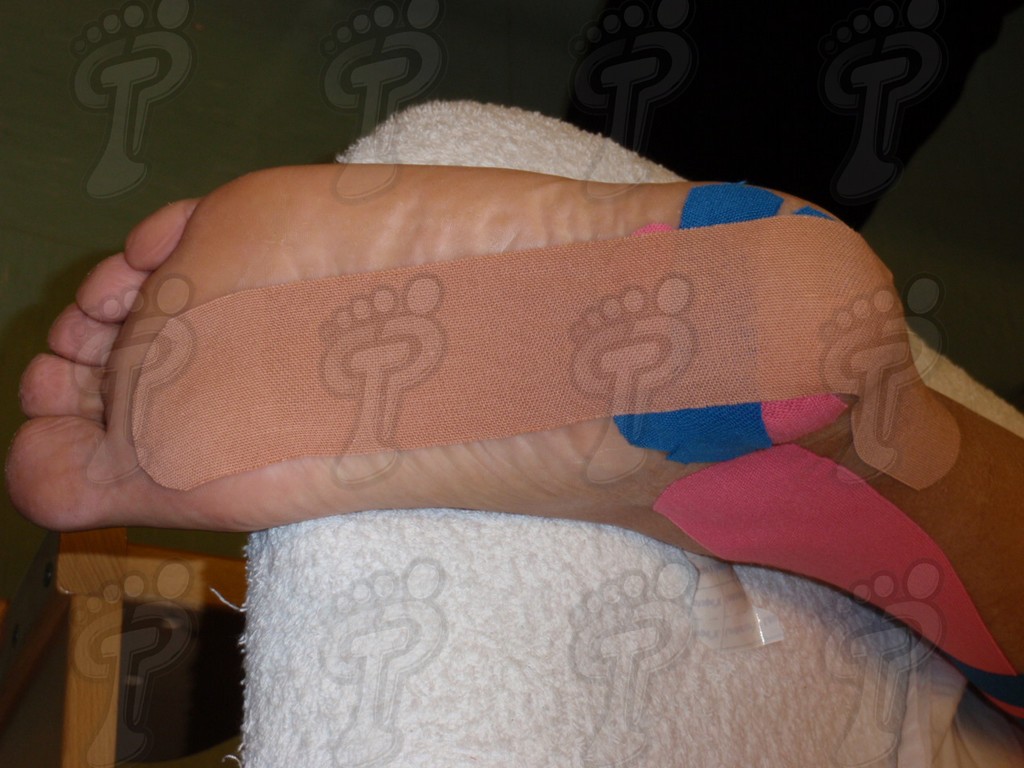
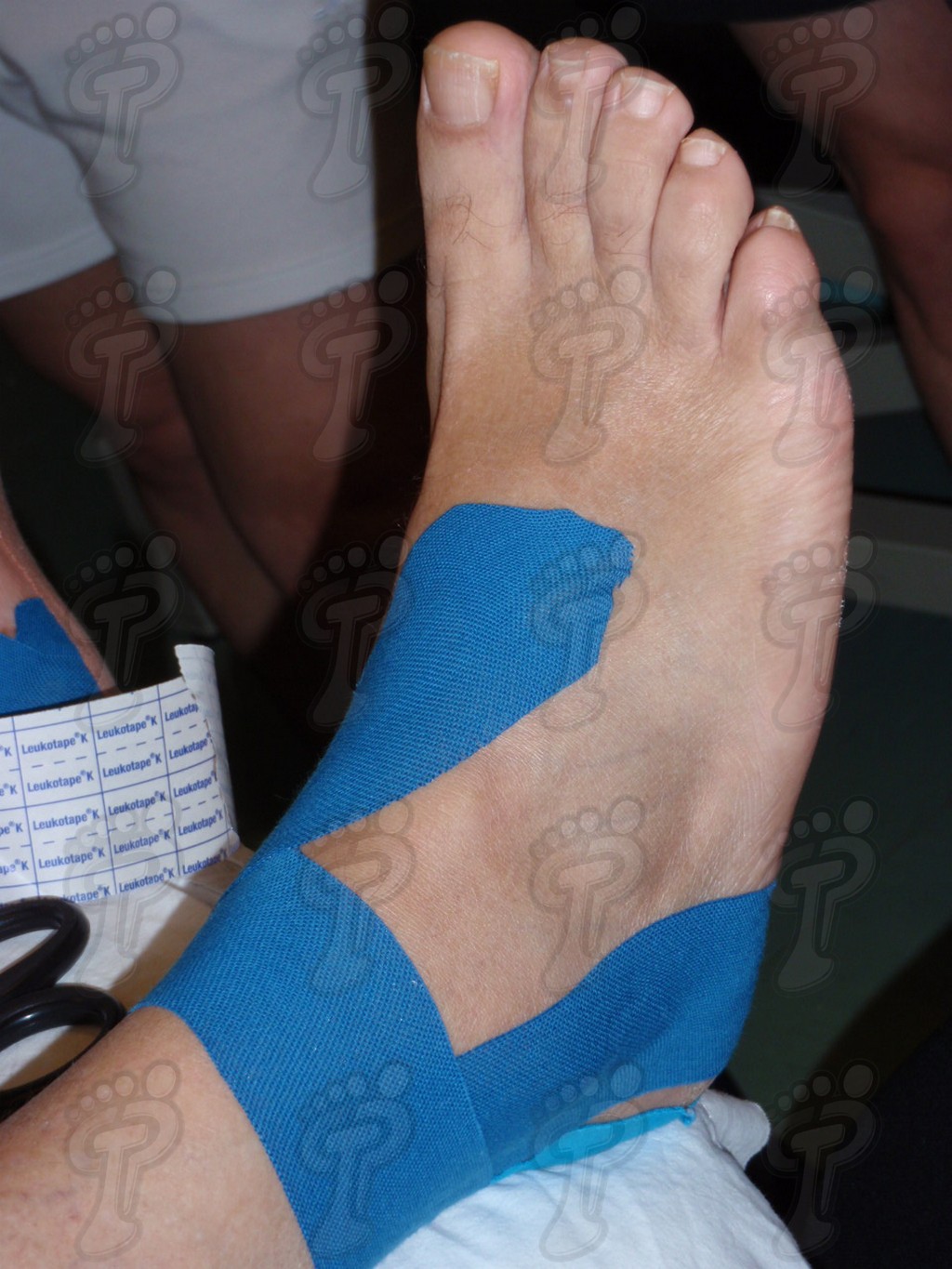
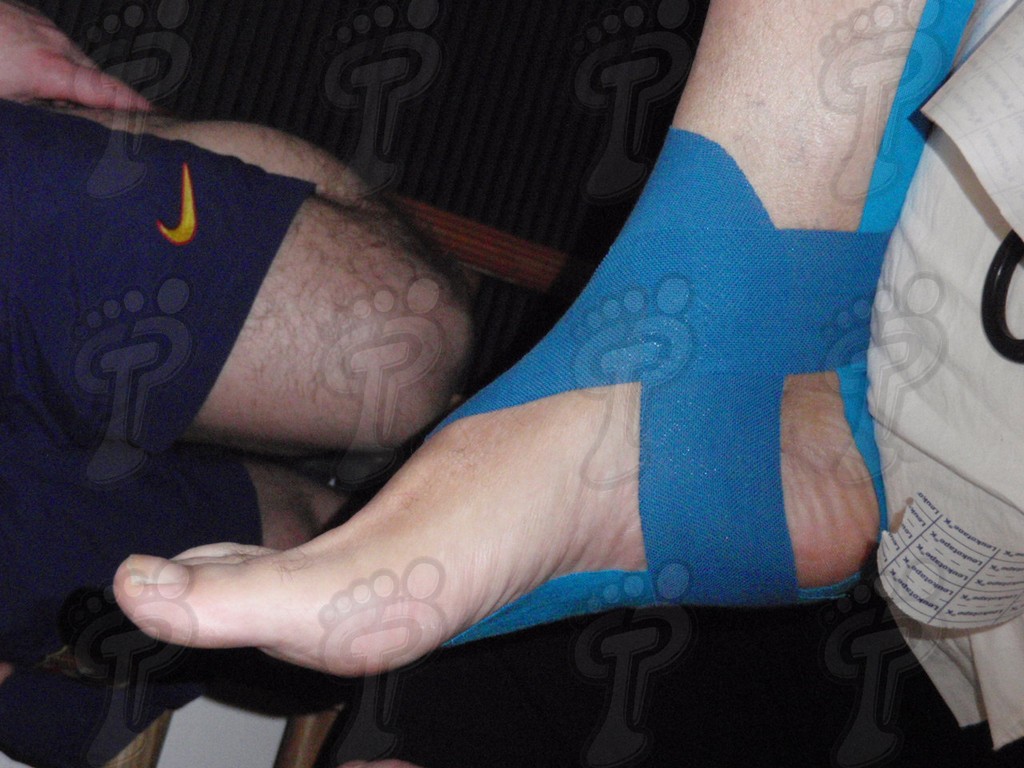
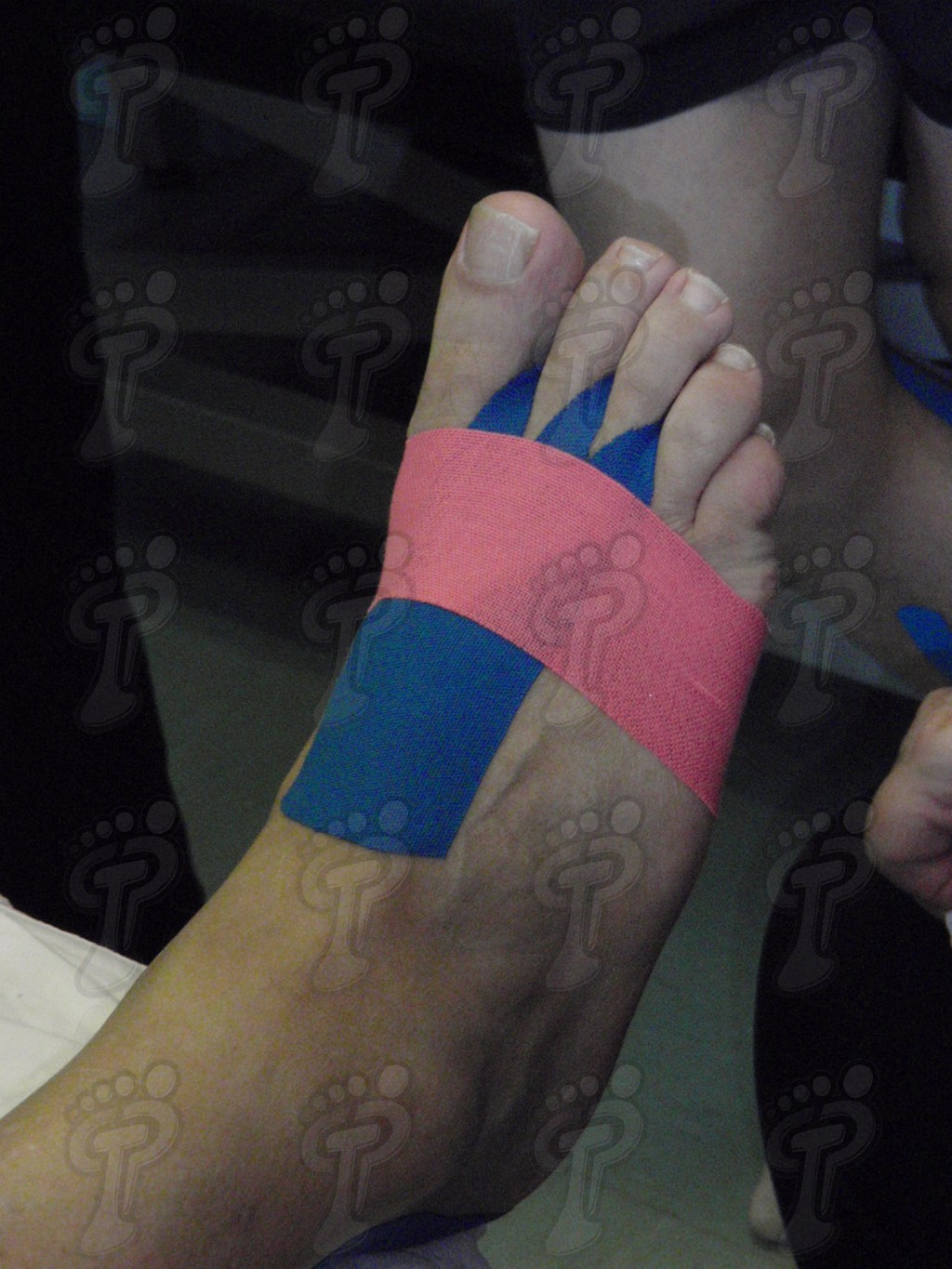
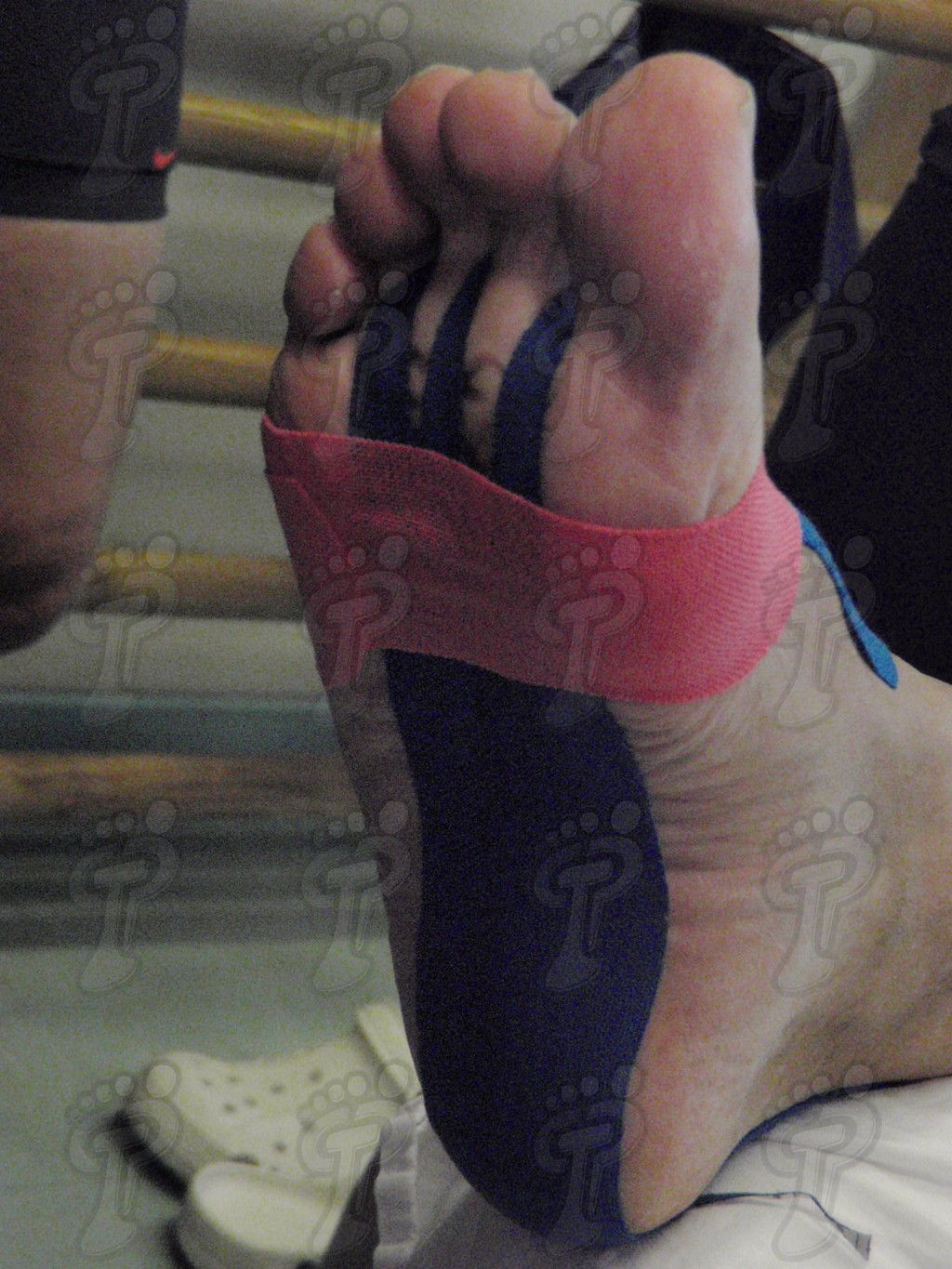
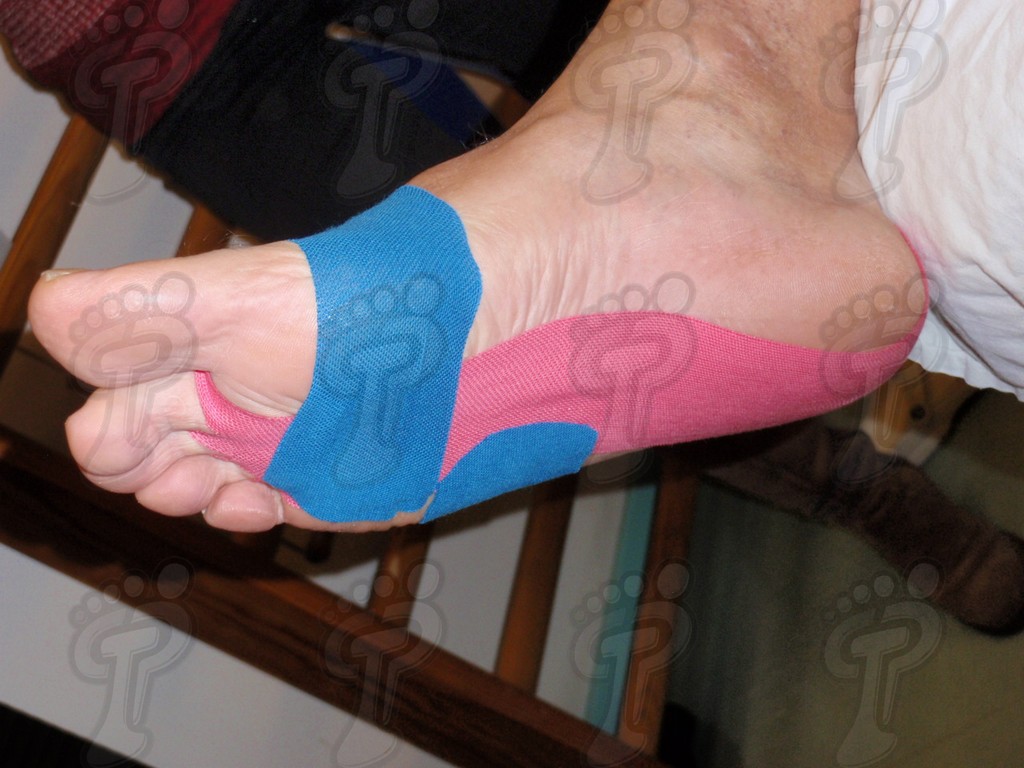
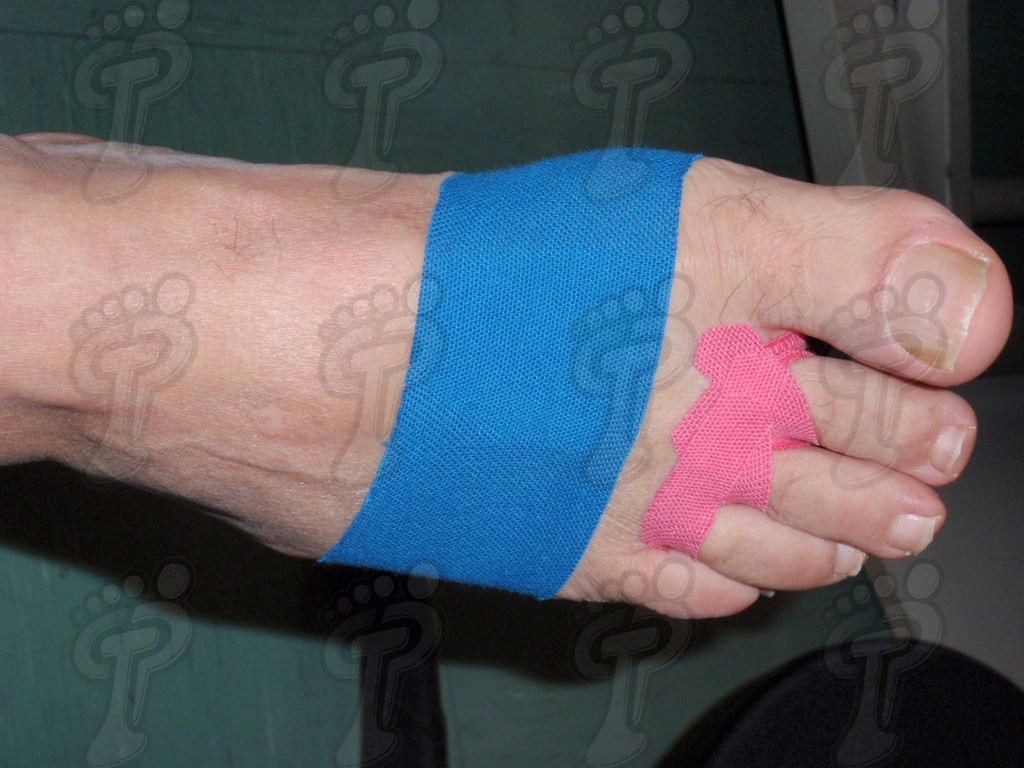




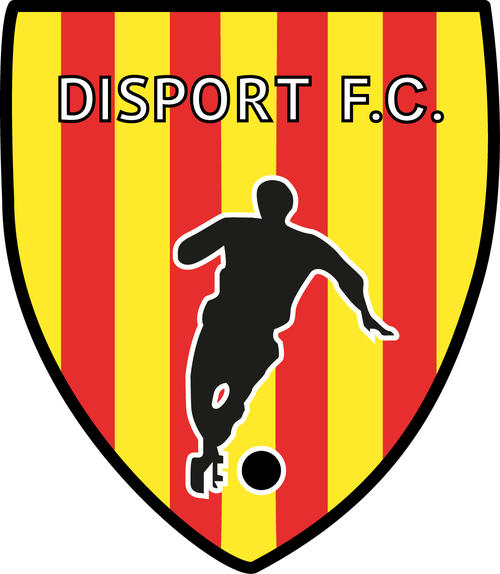
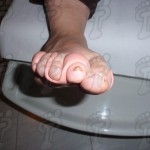
Здорово вы мне помогли. Честное слово, новыми красками все заиграло.
Отлично!!! Вместо книги на ночь.
Потрясающе! Хочется перечитывать снова и снова… Такие авторы сегодня большая редкость.Пока прочитал только эту одну запись, если и все остальное точно также хорошо, то автору респект
Думается, если долго стараться, даже самую сложную мысль можно так подробно раскрыть
Отличный пост – слов нет. Спасибо.
А есть какая нибудь альтернатива?
Оригинальная идея. Интересно сколько времени он на это потратил
Отлично!!! Вместо книги на ночь.
Огромное вам спасибо! а еще посты на эту тему будут в будующем?
Огромное вам спасибо! а еще посты на эту тему будут в будующем?
Просто замечательно – очень интересные мысли
Спасибо за пост. Позновательно.